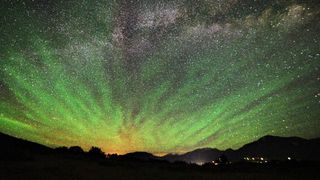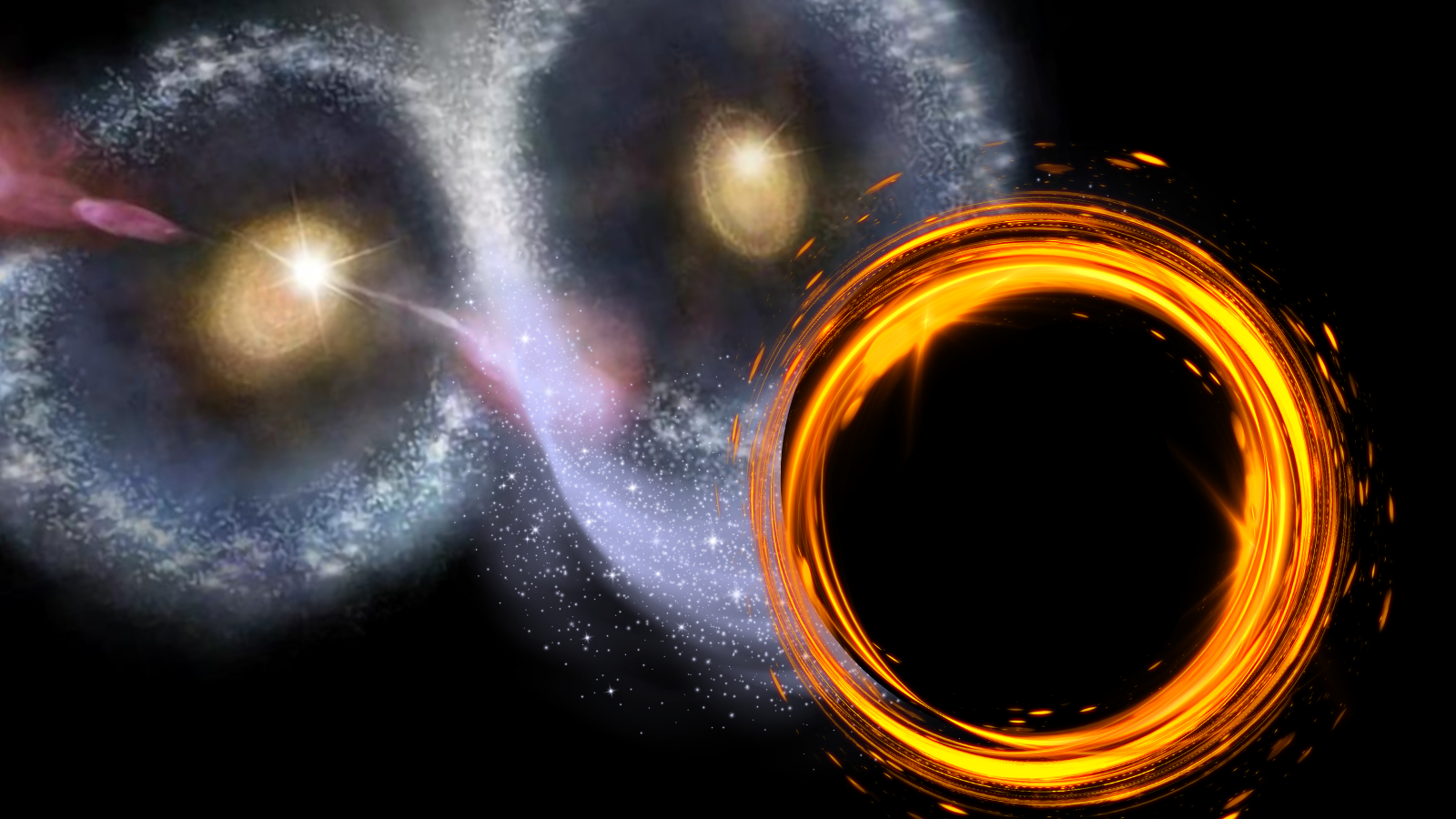Harry is a U.K.-based staff writer at Live Science. He studied Marine Biology at the University of Exeter (Penryn campus) and after graduating started his own blog site "Marine Madness," which he continues to run with other ocean enthusiasts. He is also interested in evolution, climate change, robots, space exploration, environmental conservation and anything that's been fossilized. When not at work he can be found watching sci-fi films, playing old Pokemon games or running (probably slower than he'd like).
Latest articles by Harry Baker
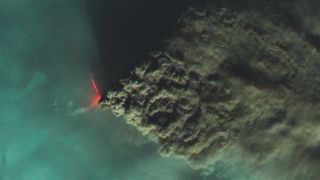
Satellites watch Russia's tallest volcano spew 1,000-mile-long plume of smoke (photos)
By Harry Baker published
Russia's Klyuchevskoy volcano, which is the tallest volcano in Europe and Asia, violently erupted on Nov. 1 and left behind a trail of smoke and ash that was photographed by NASA satellites.
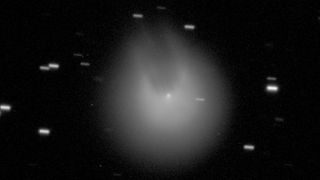
Volcanic 'devil comet' resprouts its horns after erupting again
By Harry Baker published
The massive volcanic comet 12P/Pons-Brooks, which grows giant horns when it erupts, has exploded for a third time in five months as it continues to race toward the sun.
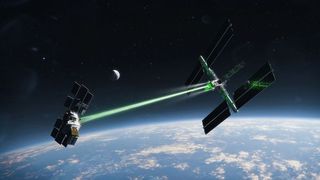
Sci-fi inspired tractor beams are real, and could solve a major space junk problem
By Harry Baker published
Researchers are developing a real-life tractor beam, with the goal of pulling defunct satellites out of geostationary orbit to alleviate the space junk problem.
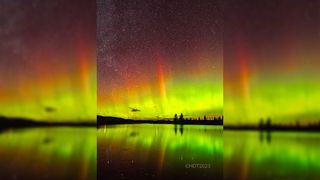
Solar storm causes 'impossible,' pumpkin-colored auroras to fill the sky
By Harry Baker published
A striking new image shows bright orange auroras dancing in the night sky above Canada. But auroras should never be this color, so what's going on?
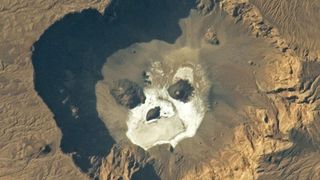
Astronaut captures image of a glowering 'skull' lurking in a giant volcanic pit in the Sahara
By Harry Baker published
NASA has released a new image of an eerie, cranium-shaped caldera in the Sahara Desert, which looks like it is staring right at the orbiting camera.

World's smallest particle accelerator is 54 million times smaller than the Large Hadron Collider — and it works
By Harry Baker published
Scientists have created the world's first nanophotonic electron accelerator, which speeds negatively charged particles with mini laser pulses and is small enough to fit on a coin.

Strange anomaly in sun's solar cycle discovered in centuries-old texts from Korea
By Harry Baker published
Aurora records in royal chronicles from Korea show that during the 'Maunder Minimum' between 1645 and 1715, the sun's solar cycles became several years shorter than they are today.
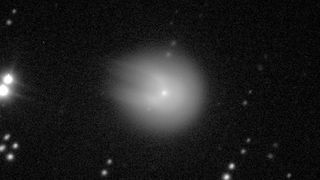
City-size comet regrows 'horns' after massive volcanic eruption
By Harry Baker published
The cryovolcanic comet 12P/Pons–Brooks, which will make its closest approach to Earth next year, has re-sprouted its distinctive "horns" after its second major eruption in four months.
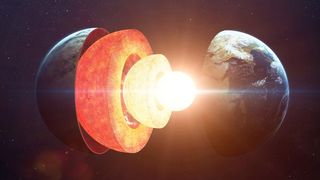
Earth's solid inner core is 'surprisingly soft' thanks to hyperactive atoms jostling around
By Harry Baker published
Atoms within the enormous ball of iron in Earth's inner core may move around much more than previously thought, which could explain recent findings about the core's surprising softness.
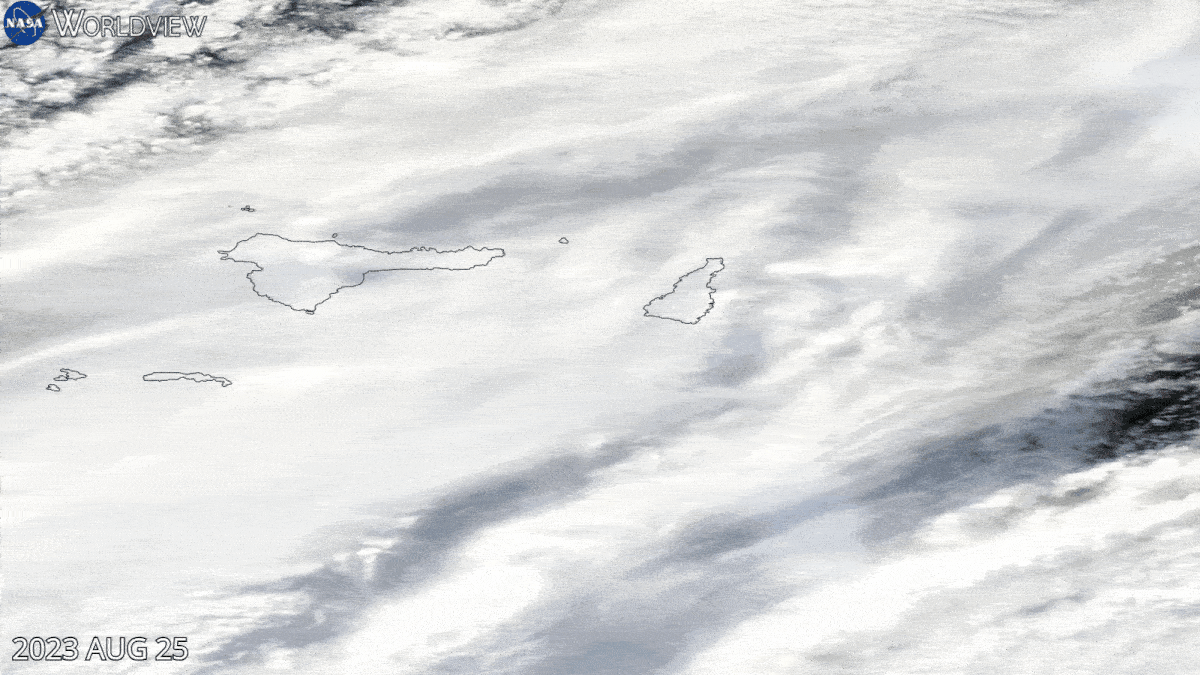
Satellite time-lapse shows 45-mile long iceberg colliding with Clarence Island in Antarctica
By Harry Baker published
Hefty iceberg D-30A has collided with Clarence Island — an important refuge for breeding penguins in Antarctica. But luckily, the penguins weren't at home when the berg struck.
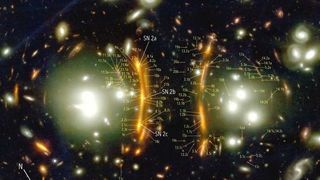
Supernova in James Webb Space Telescope image could help solve one of the universe's biggest mysteries
By Harry Baker published
NASA's James Webb Space Telescope has spotted a distant supernova that appears three times in the same photo. The new observations could help solve one of the universe's biggest inconsistencies.

See green comet Nishimura's tail get whipped away by powerful solar storm as it slingshots around the sun (video)
By Harry Baker published
After surviving its closest approach to the sun, Comet Nishimura was buffeted by a possible coronal mass ejection that briefly blew its tail away. The rare event was captured by a NASA spacecraft.
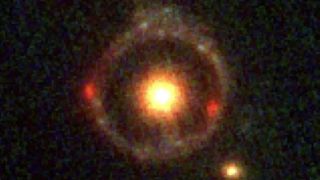
'Einstein ring' snapped by James Webb Space Telescope is most distant gravitationally lensed object ever seen
By Harry Baker published
The James Webb Space Telescope has snapped a stunning image of a perfectly formed Einstein ring, which is also the most distant gravitationally lensed object ever detected.
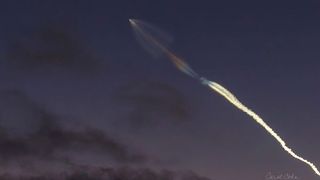
US Space Force launch may have accidentally punched a hole in the upper atmosphere
By Harry Baker published
A rocket carrying a Space Force surveillance satellite may have created a hole in the ionosphere as it shot into space. The launch was carried out with just 27 hours' notice, which is a new record.
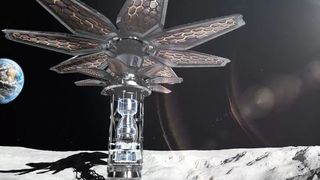
New poppy seed-sized fuel pellets could power nuclear reactors on the moon
By Harry Baker published
Scientists have developed a nuclear fuel source no larger than a seed, which NASA will test for use in future moon missions.
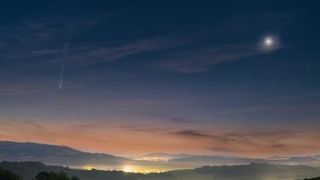
Green comet Nishimura survives its superheated slingshot around the sun. Will we get another chance to see it?
By Harry Baker published
Comet Nishimura, which was only discovered in August, has survived its closest approach to the sun and will brighten over the next week. But is it still visible from Earth?
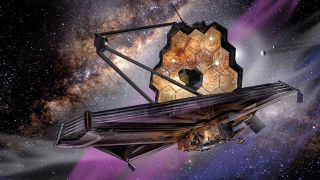
James Webb Space Telescope could detect life on Earth from across the galaxy, new study suggests
By Harry Baker published
Researchers have shown that if the James Webb Space Telescope was pointed at Earth from a distant star, it could detect the signatures of intelligent life in our planet's atmosphere.
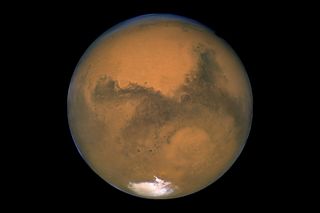
NASA may have unknowingly found and killed alien life on Mars 50 years ago, scientist claims
By Harry Baker published
One researcher hypothesizes that experiments carried out by NASA's Viking landers in 1976 could have inadvertently killed microbes living in Martian rocks. Other experts are skeptical.
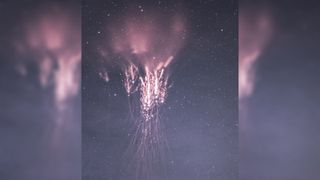
Eerie, ultra-detailed photo of a lightning 'sprite' exposes one of nature's least understood phenomena
By Harry Baker published
An astronomer in Slovakia captured the rare luminous phenomenon as it briefly flashed in Earth's upper atmosphere during a thunderstorm.
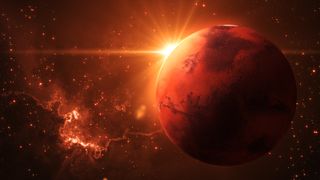
Sun launches surprise blob of plasma at Mars, could trigger eerie Martian auroras
By Harry Baker published
The sun has launched a surprise coronal mass ejection directly at Mars, which could spark auroras on the Red Planet and potentially erode part of Mars' remaining atmosphere when it hits on Sept. 1.

Turns out you can transmit sound in a vacuum, just not very far
By Harry Baker published
For the first time, researchers were able to transmit, or "tunnel," sound waves across extremely small distances between two crystals in a vacuum.
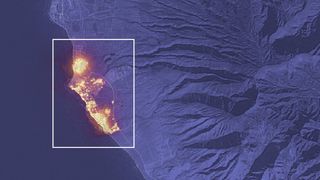
Maui satellite photo shows full scale of deadliest US fire in more than a century
By Harry Baker published
The Landsat 8 satellite captured the deadly flames that burned through the town of Lahaina in Hawaii and killed at least 99 people.
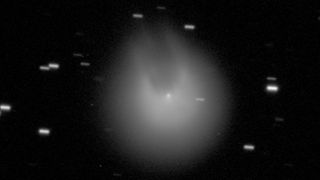
City-size comet headed toward Earth 'grows horns' after massive volcanic eruption
By Harry Baker published
The exploding comet, known as 12P/Pons–Brooks, is currently approaching its closest point to Earth during its 71-year orbit through the solar system.
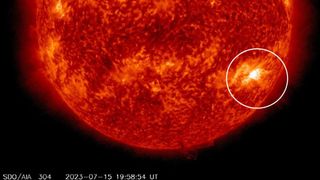
'Cannibal' coronal mass ejection that devoured 'dark eruption' from sun will smash into Earth on July 18
By Harry Baker published
Two coronal mass ejections have combined into an enormous cloud of magnetized plasma that is forecast to hit Earth on Tuesday and potentially trigger a strong geomagnetic storm.
Breaking space news, the latest updates on rocket launches, skywatching events and more!

